3.2 Gigapixels of Power - Exploring the Legacy Survey of Space and Time Camera

In the realm of scientific instruments, few possess the awe-inspiring capabilities of cutting-edge telescopes. These marvels of engineering allow us to peer into the vast expanse of the cosmos, unraveling the mysteries of distant galaxies and celestial phenomena. Among them, the Legacy Survey of Space and Time (LSST) Camera stands out as a true titan, boasting an unparalleled ability to capture the universe in unprecedented detail.
Unveiling the LSST Camera: A Technological Masterpiece
At the heart of the Vera C. Rubin Observatory in Chile lies the LSST Camera, a technological marvel designed to conduct a decade-long survey of the southern sky. This groundbreaking instrument is the result of an international collaboration, representing a pinnacle achievement in astronomical engineering. Weighing in at over 3 tons and standing taller than a car, the LSST Camera's sheer size hints at its extraordinary capabilities.
A Window to the Universe: 3.2 Gigapixels of Clarity
The LSST Camera's most defining feature is its staggering 3.2-gigapixel image sensor, the largest ever constructed for astronomical purposes. To put this into perspective, imagine a mosaic of over 1,500 high-definition television screens, each displaying a small portion of the night sky. This immense resolution allows the camera to capture an area of the sky 40 times the size of the full moon in a single exposure.
This unparalleled field of view is crucial for the LSST's ambitious scientific goals. By repeatedly imaging the same areas of the sky over its ten-year operational lifespan, the camera will create a time-lapse movie of the universe, revealing transient events like supernova explosions, distant asteroid movements, and even subtle changes in the shapes of galaxies.
Peering into the Unknown: Unveiling the Cosmos' Secrets
The LSST Camera's extraordinary capabilities have ignited the imaginations of astronomers worldwide. The data collected by this instrument is poised to revolutionize our understanding of the universe, addressing some of the most fundamental questions in astrophysics.
Dark Matter and Dark Energy: Illuminating the Invisible
One of the most profound mysteries in modern cosmology is the nature of dark matter and dark energy, invisible entities thought to make up the vast majority of the universe's mass and energy budget. By precisely measuring the shapes and distributions of galaxies over cosmic time, the LSST Camera's data will provide crucial insights into the properties of these elusive phenomena, potentially leading to groundbreaking discoveries.
Near-Earth Objects: Guardians of Our Planet
Beyond the distant reaches of space, the LSST Camera plays a vital role in safeguarding our planet. By systematically scanning the sky, the camera will identify and track near-Earth objects, such as asteroids and comets, that could pose a potential threat to Earth. This early warning system will provide invaluable time for planetary defense efforts, ensuring the safety of our planet for generations to come.
A Legacy for the Future: Inspiring Generations to Come
The Legacy Survey of Space and Time Camera represents a pivotal moment in humanity's quest to understand the universe. Its unprecedented capabilities promise to unlock a treasure trove of scientific discoveries, forever altering our perception of the cosmos. Moreover, the LSST's open-data policy ensures that its findings will be accessible to scientists and the public alike, fostering a spirit of collaboration and inspiring future generations to explore the wonders of the universe.
Looking Ahead: The Dawn of a New Era in Astronomy
As the LSST Camera embarks on its decade-long survey, the astronomical community eagerly anticipates the groundbreaking discoveries that lie ahead. This technological marvel stands as a testament to human ingenuity and our insatiable thirst for knowledge. With every image captured, the LSST Camera brings us one step closer to unraveling the universe's grandest mysteries, ushering in a new era of astronomical exploration.
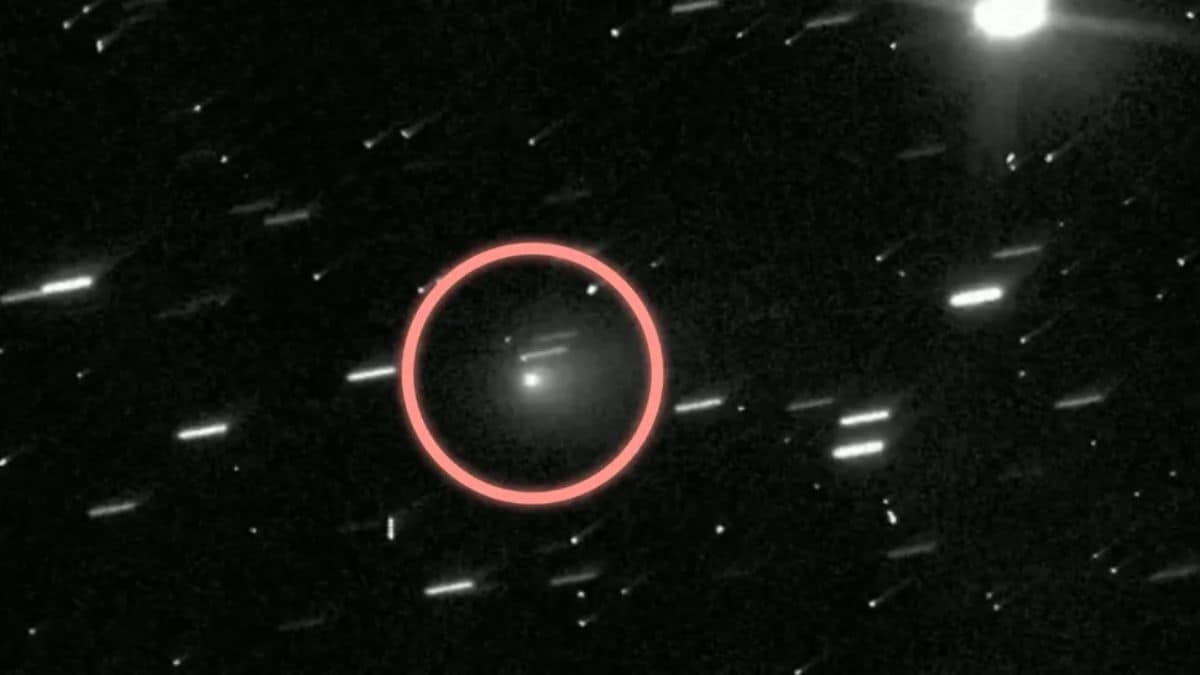
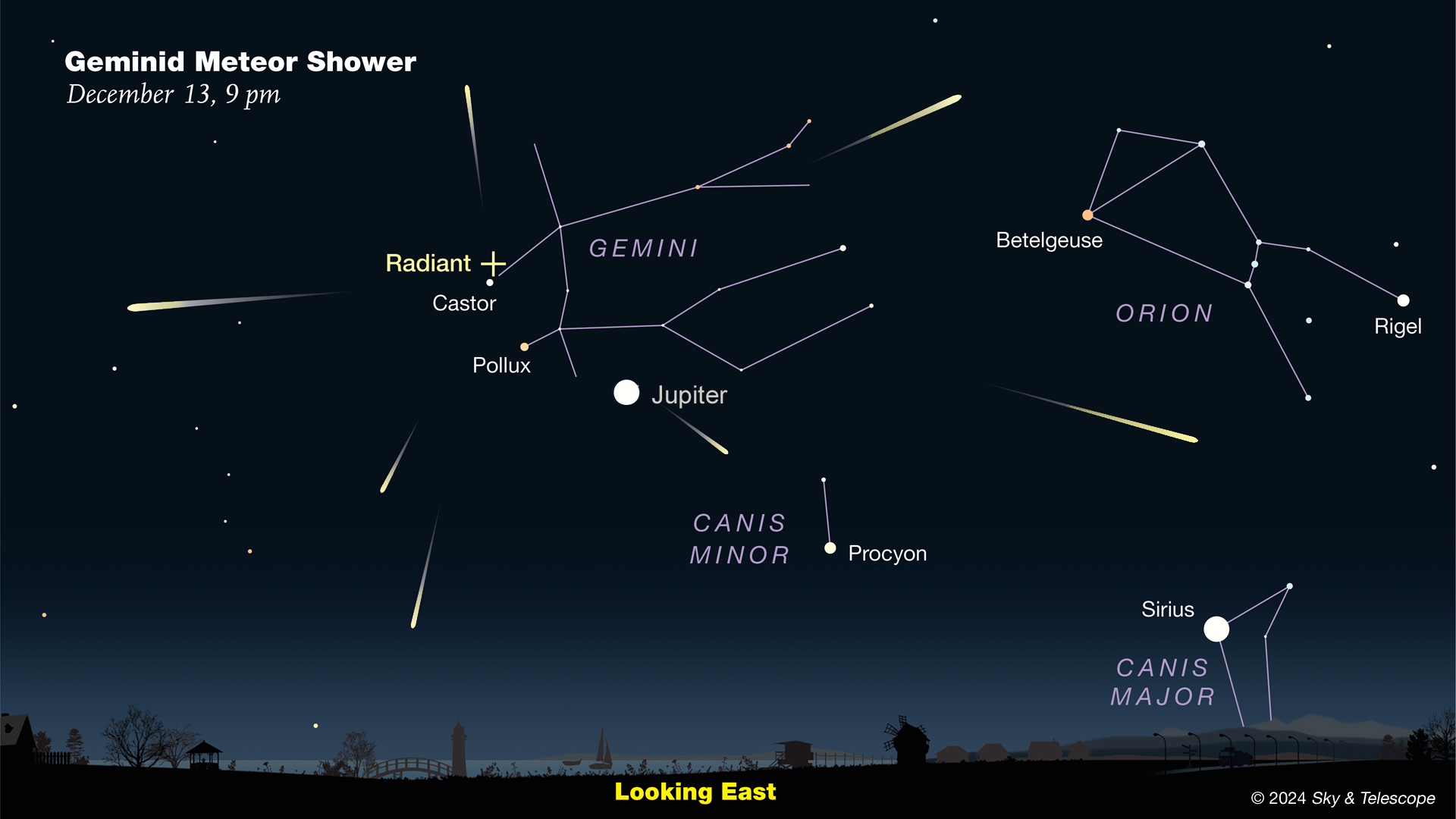
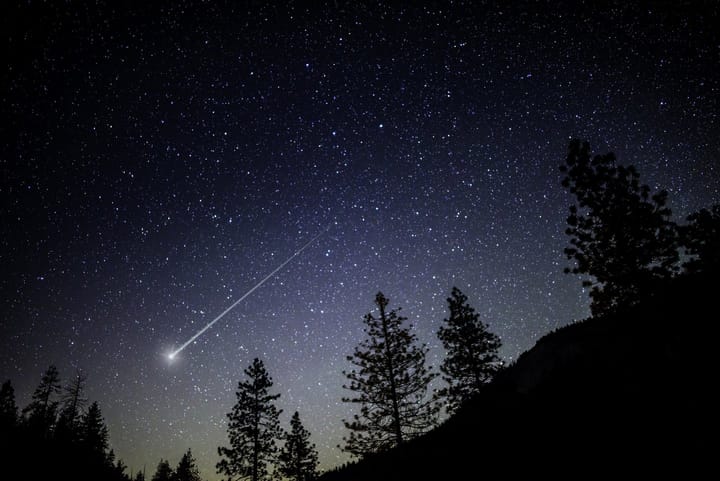
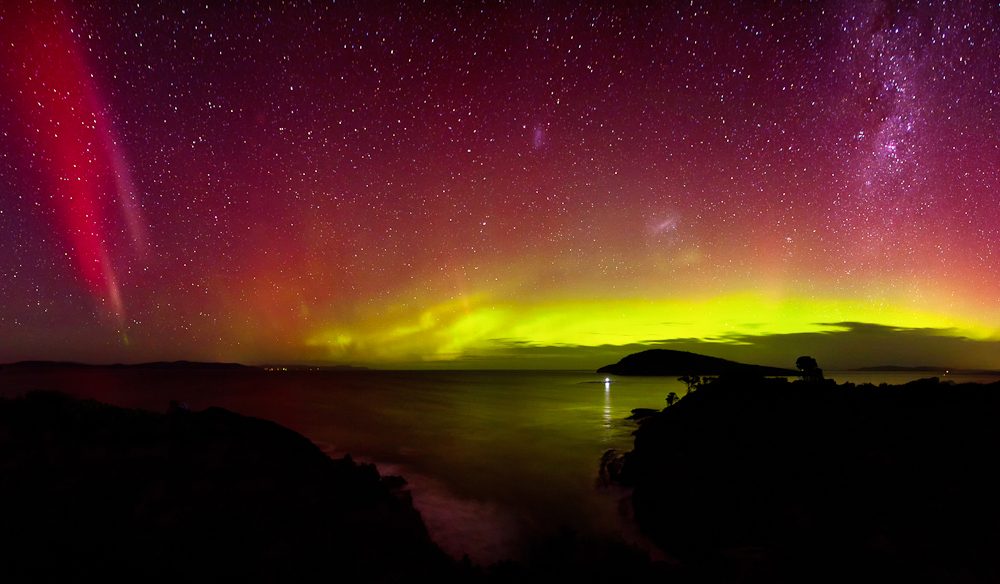
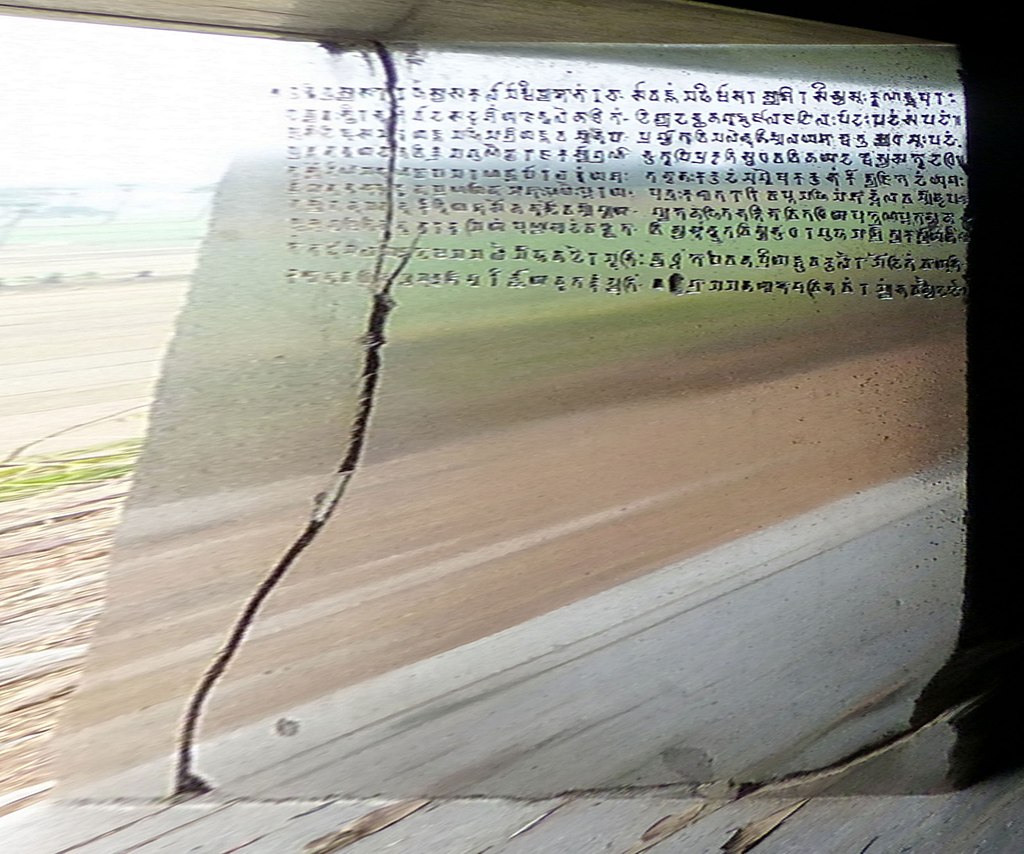


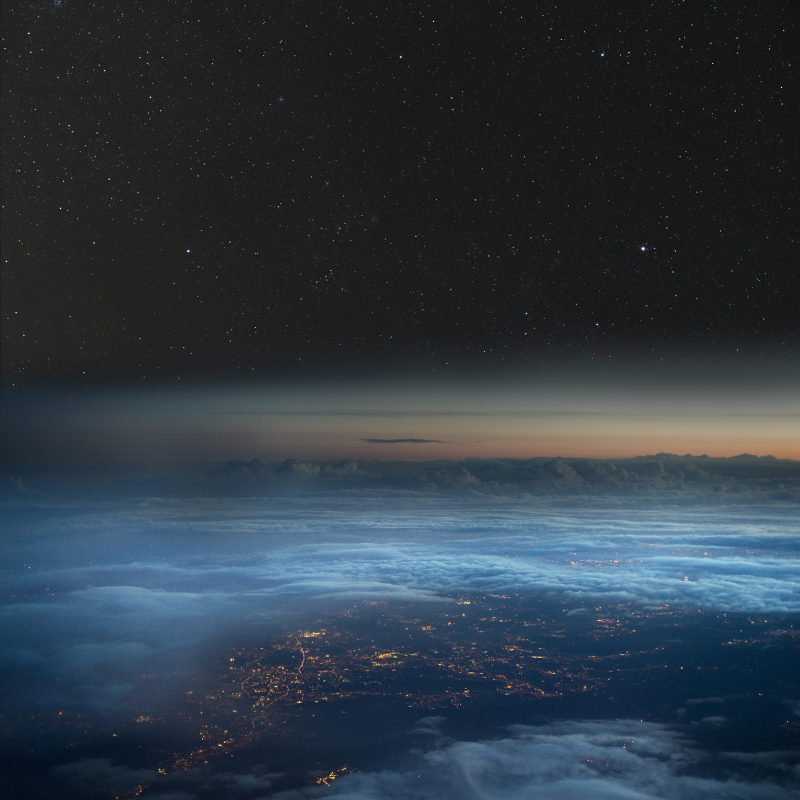









Comments ()